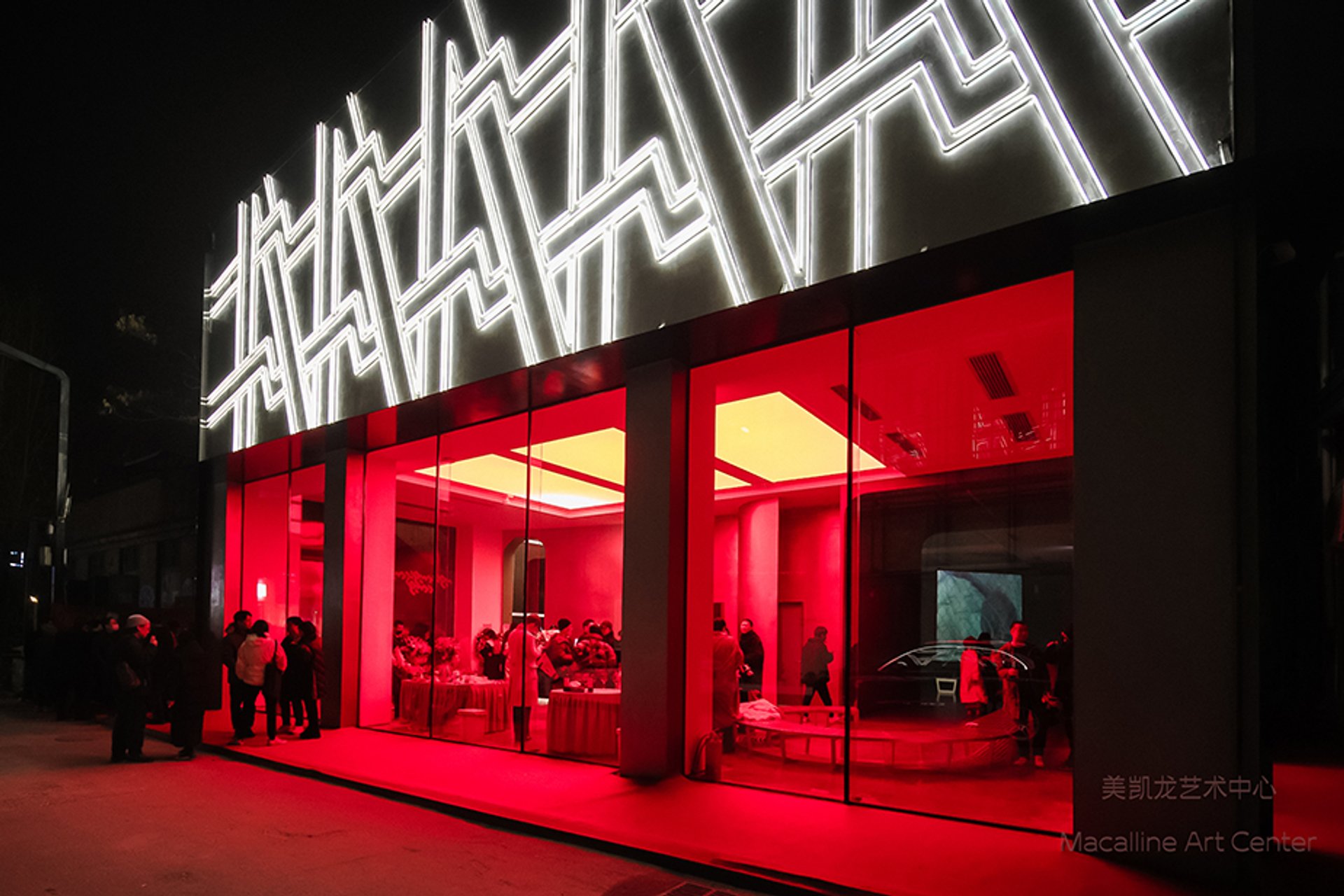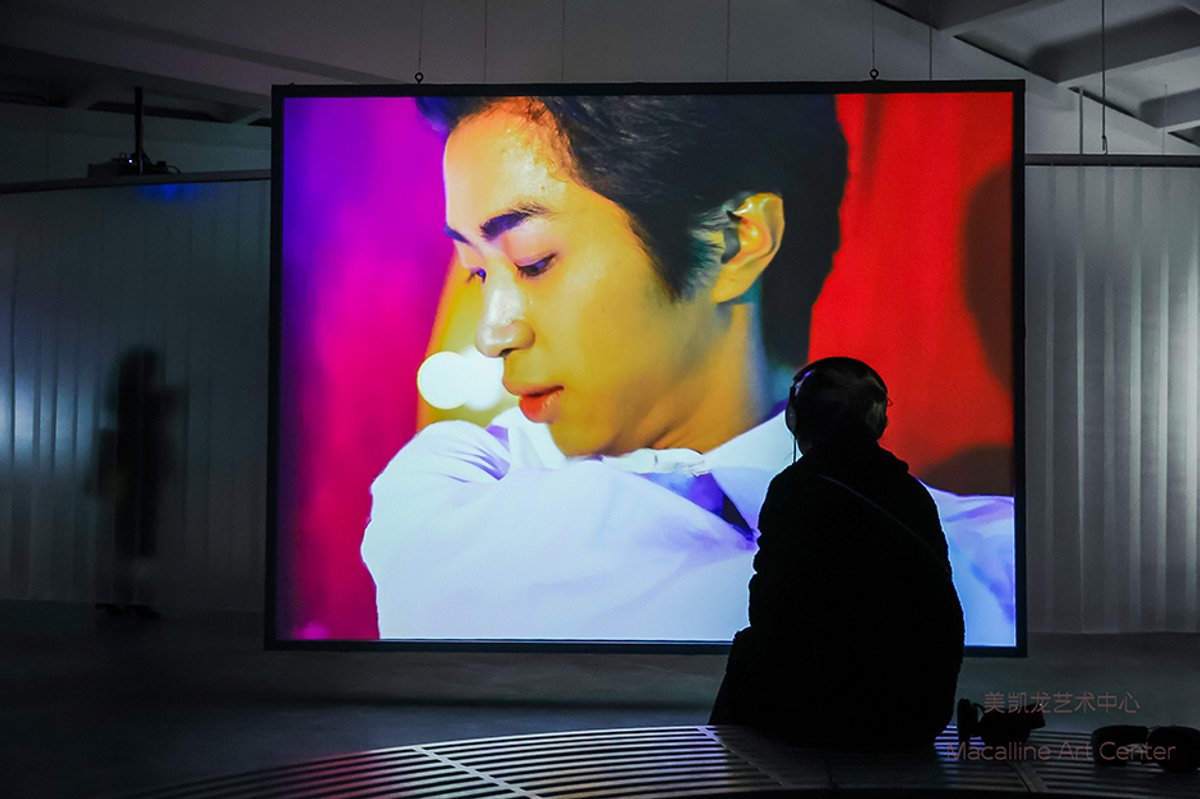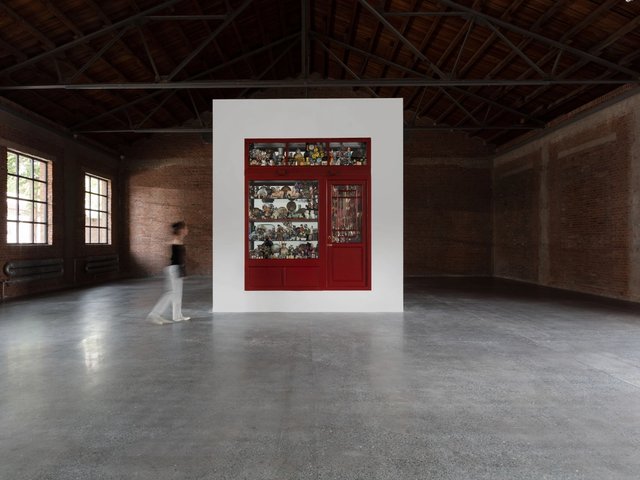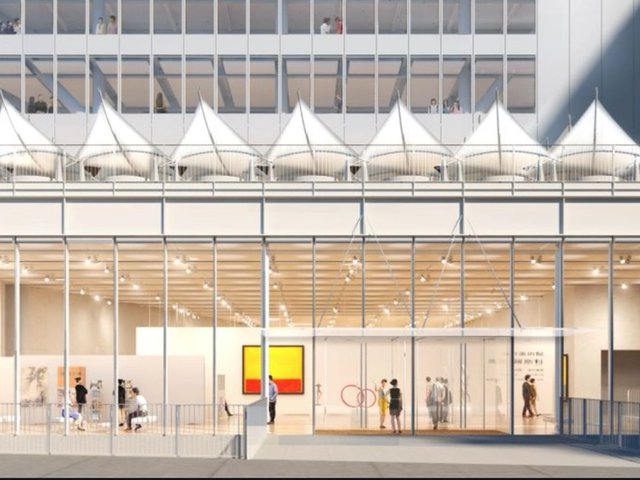A spate of new art nonprofits in mainland China are breaking the blue-chip mould to forge quirkier, more considered curatorial paths. Shanghai’s Longlati Foundation recently inaugurated an exhibition space focused on 20th-century women artists, minority artists and Chinese artists born since the 1990s. Nurturing young local talent is also the ambition of Macalline Art Center, which opens on 15 January in Beijing’s 798 arts district after a short delay due to Covid-19 restrictions. Fen Sonic HQ, dedicated to sound art, held a soft launch last October in the capital’s Songzhuang artist colony ahead of its full opening this May.
Macalline will debut with a group show titles The Elephant Escaped inspired by Lu Nei’s January 2020 novel Mistwalkers, a nonlinear traversal of recent Chinese historical events like the 1998 floods and the 2008 Olympics. Curated by the centre’s artistic director Yuan Fuca with assistant curation by Chen Yujian and Clement Huang, the show features new commissions from artists Tao Hui, Shen Xin, Li Ming, Fang Di and Peng Zuqiang.
“In China, the art market represents the vast majority of the contemporary art ecosystem, and the non-profit sector is dominated by real estate companies and private collectors,” says the artist, musician and curator Colin Siyuan Chinnery, who is co-founding Fen Sonic HQ with Hong Feng of Beijing Songzhuang Art Development Foundation. “More curatorially driven institutions can open a more diverse space for expression.”

Exterior view of Macalline Art Center Image: © Macalline Art Center
Only a handful of existing Chinese institutions have such laser focus, for example Shanghai’s Ming Contemporary Art Museum, which specialises in performance. “By basing an institution on sound, Fen Sonic had to rethink from the ground up what such an institution would be like,” Chinnery says. "Although our focus feels narrower than a nonprofit that works with all media, we are exploring new ideas and ways of working that might result in us working with a broader cross-section of society.”
Longlati’s 1,900 sq. m space near Shanghai’s landmark Bund opened with a solo exhibition by Tala Madani and Behind This Wall, a group show with Amoako Boafo, Derrick Adams and Vaughn Spann exploring conceptions of Blackness (both until 28 February). Occupying a 1919 heritage building, the foundation aims to “provide a platform for the artists who are underappreciated”, says Zihao Chen, its co-founder together with David Su. A key mission is to show that “art is not merely a pattern of economic gentrification but something that also promotes social equality”.
Besides exhibitions, Longlati convened four young China-based art writers in September for its inaugural Writers’ Acquisition Committee. Promoting and publishing research is an emphasis it shares with Macalline Art Center, which has trailed its physical launch with the online bilingual art magazine Heichi, the podcast Cacotopia and a series of video commissions called Bare Screen.
The centre is headed by artistic director Yuan Fuca, a prominent young curator and writer, and backed by the collector Che Xuanqiao and her family’s furniture company Red Star Macalline Holding Group. Macalline has also run The Cloister Project, exhibiting young artists in a downtown Shanghai heritage building, since November 2020.
Yuan says the pandemic delays have given Macalline’s team more time to examine their “institutional positioning amidst the current media environment and social situation”. The challenge, she says, is to be more responsive to the needs of artists and curators in their community. After two decades of “mobility and rapid development” in China, “people today are experiencing collective distress due to barriers of ideology and communication,” Yuan says. “Nurturing individual creativity has become the main responsibility of today’s art institutions.”




